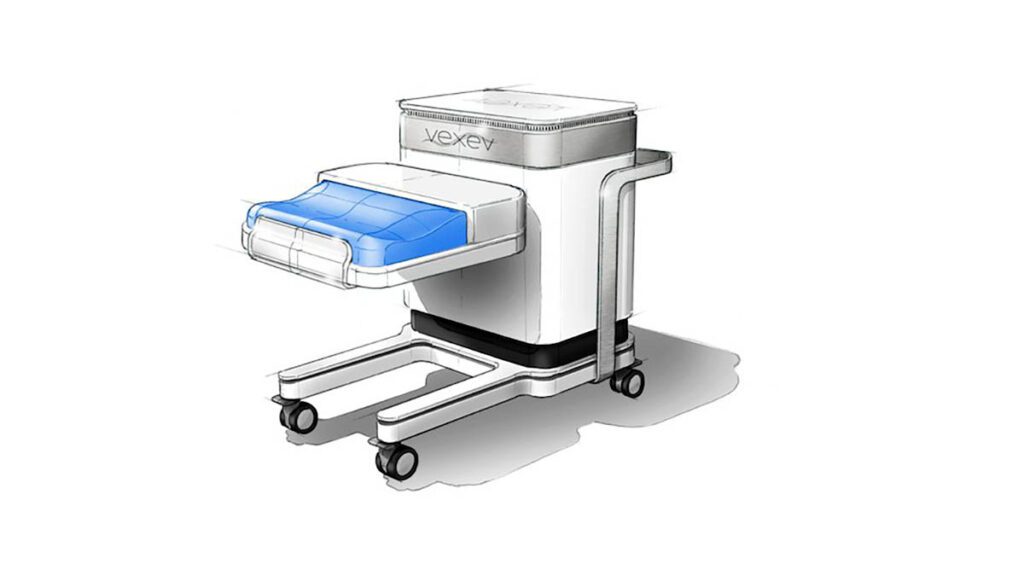Start-up develops "world's first" tomographic ultrasound robot

Sydney-based medical device start-up Vexev has developed what it says is the world’s first tomographic ultrasound robot (TUR) to make diagnostics more affordable, accessible and insightful, after spending two years in stealth mode.
The primary method of diagnosis for cardiovascular disease is 2D ultrasound operated by a sonographer. Whilst 2D ultrasound is one of the most affordable imaging diagnostic modalities, and does not involve harmful radiation to the patient, it has several limitations – affordability, inconsistency and can only produce 2D scans.
Skilled sonographers are also increasingly in short demand, and their careers are often shortened by RSI due to years of operating 2D ultrasound machines.
The TUR will be tested in upcoming clinical trials at Sydney’s Eastern Suburbs Vascular Imaging, which is located at the Prince of Wales Hospital campus. The trials are supported by Australian vascular surgeons such as Dr Shannon Thomas, A/Prof Ramon Varcoe, Dr Andrew Lennox and Dr Tom Daly.
Matt Adams, senior vascular sonographer from the Australian Sonographers Association, said: “Vexev’s device has the potential to evolve the role of Vascular Sonographers, minimising low skill, high volume aspects of typical workflow. It may also assist in combating the well documented shortage of skilled Vascular Sonographers in the workforce, and high incidence of repetitive strain disorder. With extra time on their hands, this highly skilled group of healthcare professionals may have the chance to expand their scope of practice – whether that be in education, research or therapeutic intervention.”
Vexev’s technology is designed to automate the entire ultrasound procedure. Beyond increasing the efficiency and quality consistency of 2D ultrasound, the TUR aims to make diagnostics significantly more powerful by producing 3D tomographic ultrasound outputs (analogous to MRIs/CTs).
As a result, clinical settings where 2D ultrasound was previously uneconomical, such as dialysis clinics and regional clinics, can now adopt an imaging diagnostics capability. With Vexev’s device, sonographers will be able to produce 3D diagnostic outputs just like CT scan and MRI radiographers, complete more scans each day, and no longer suffer from high RSI incidence.
